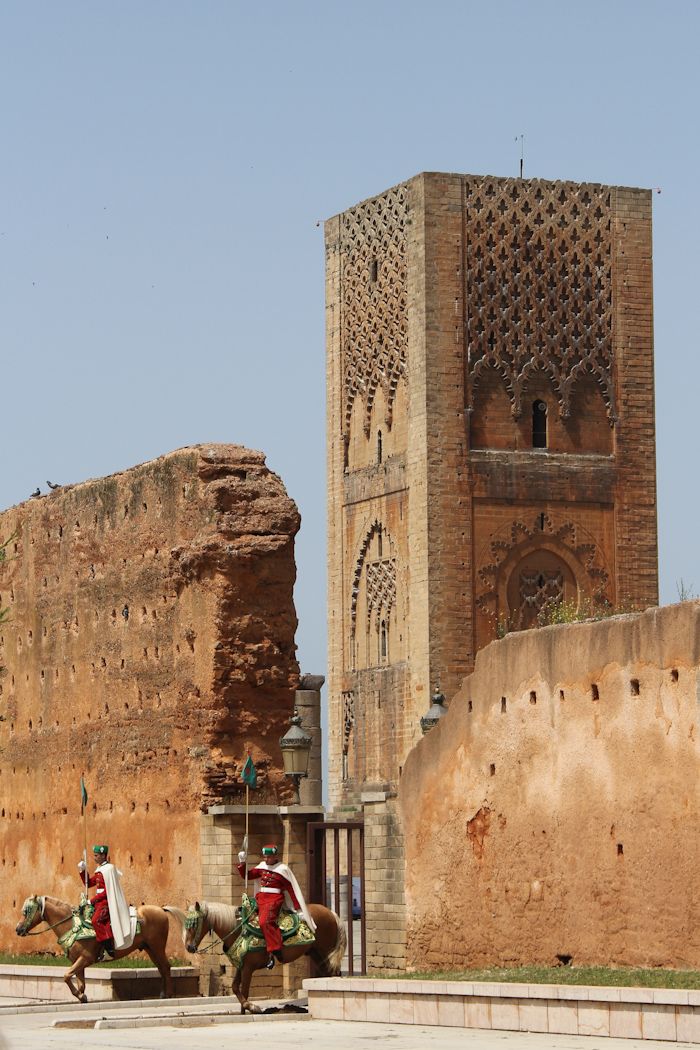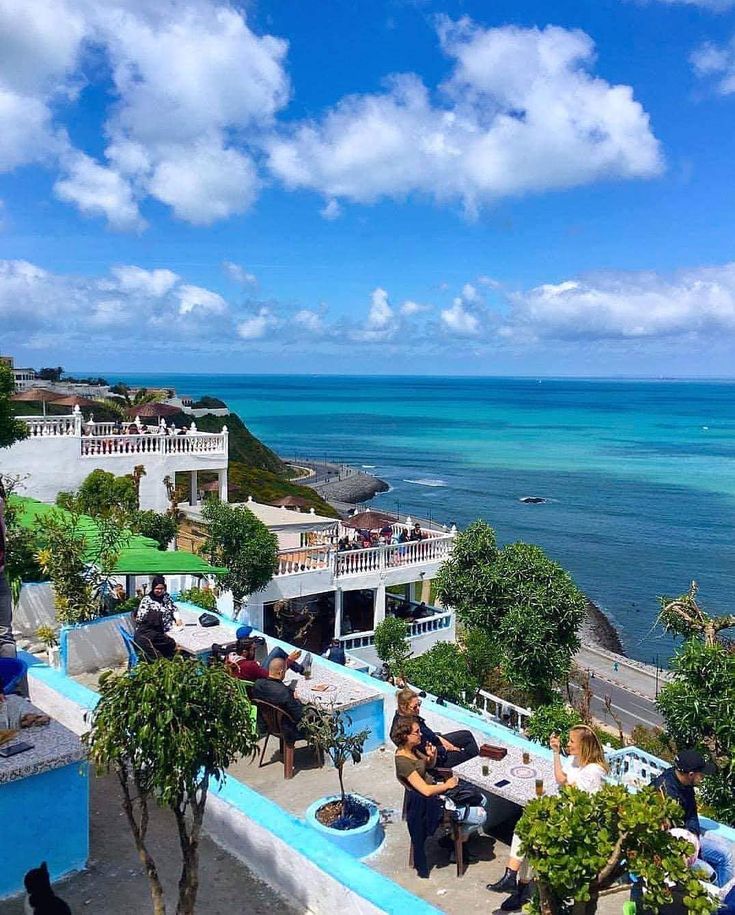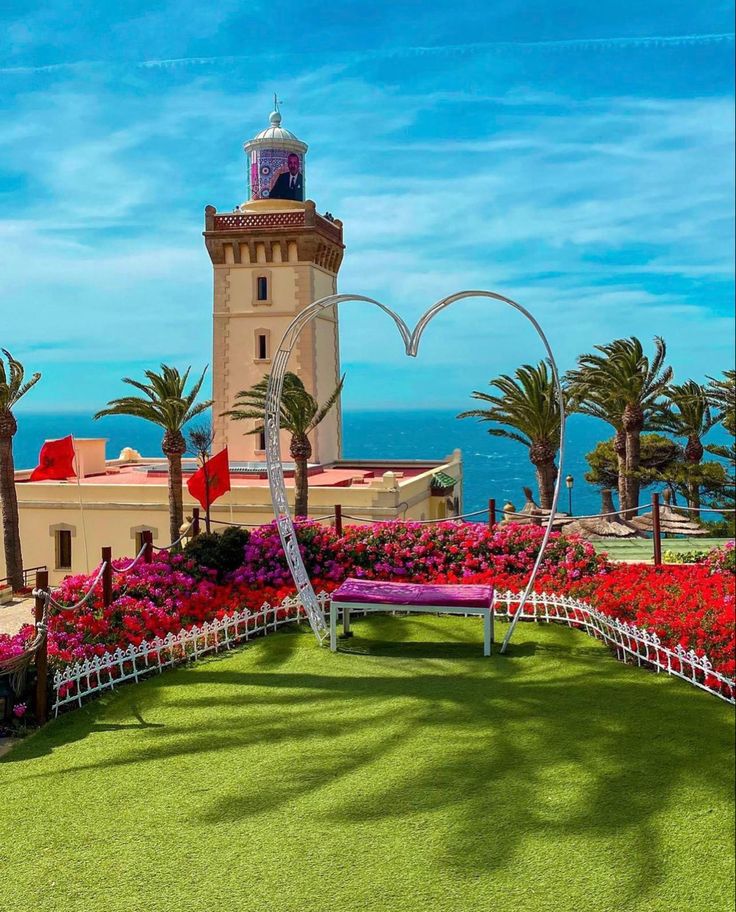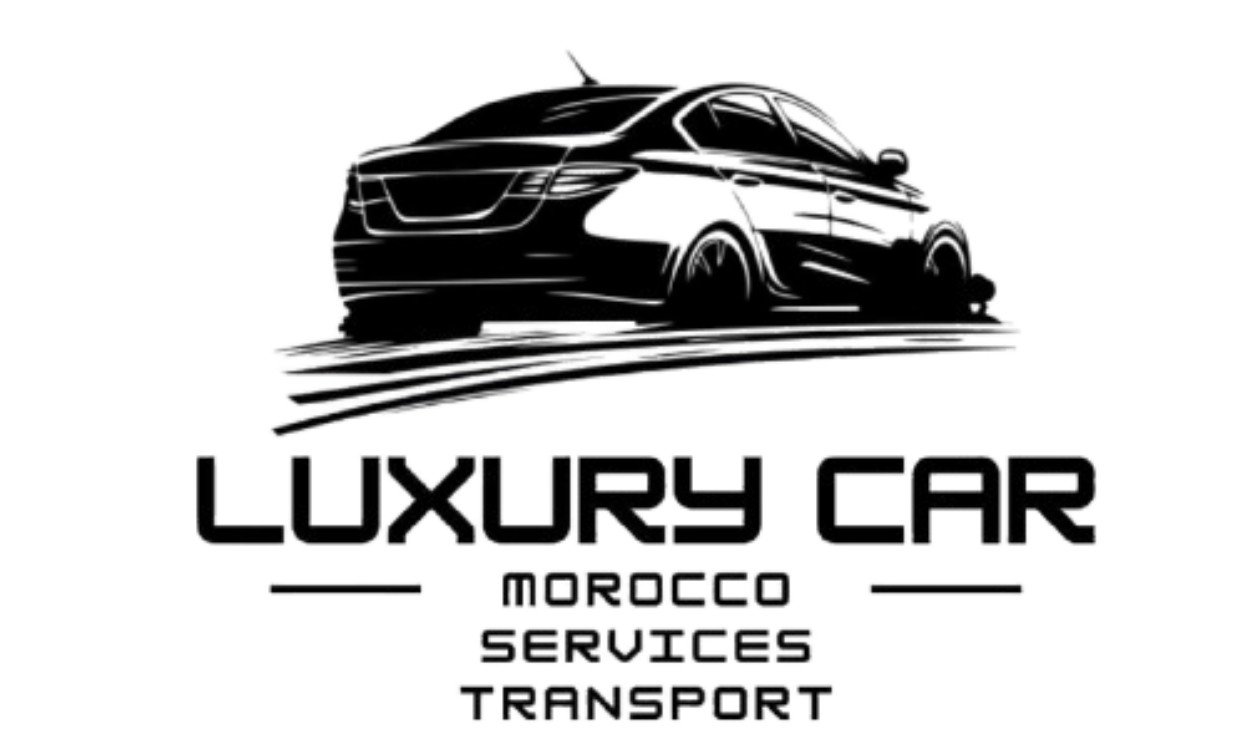
Rabat
Rabat: Morocco’s Capital of Elegance and History
Rabat, the serene and sophisticated capital of Morocco, offers a unique blend of history, culture, and modernity. As one of the country’s four imperial cities, it boasts a rich heritage while maintaining a reputation for being clean, organized, and remarkably tranquil compared to other major Moroccan cities. Overlooking the Atlantic Ocean, Rabat is a city of contrasts, where ancient ruins meet contemporary art, and bustling markets coexist with wide boulevards.
This blog delves into the history, top attractions, culture, and experiences that make Rabat a must-visit destination for travelers exploring Morocco.
1. The Historical Foundations of Rabat
Rabat’s origins date back to the 3rd century BCE when it was home to the ancient Roman settlement of Sala Colonia. However, the city gained prominence in the 12th century under the Almohad dynasty, which established it as a military base and constructed the iconic Hassan Tower. In the 17th century, Rabat became a haven for pirates, earning a reputation as a rebellious city-state.
In 1912, Rabat was designated the capital of the French Protectorate and later became the capital of independent Morocco in 1956. Today, the city is the political and administrative center of the country and a UNESCO World Heritage Site.
2. Exploring Rabat’s Must-See Attractions
Hassan Tower and the Mausoleum of Mohammed V
One of Rabat’s most iconic landmarks, the Hassan Tower, is an unfinished minaret of a grand mosque envisioned by Sultan Yacoub al-Mansour in the 12th century. Standing 44 meters tall, the tower is surrounded by columns that give a glimpse of the mosque’s intended grandeur.
Nearby is the Mausoleum of Mohammed V, a stunning example of Moroccan craftsmanship. This royal tomb, adorned with intricate zellij tiles and a marble dome, houses the remains of King Mohammed V and his sons, King Hassan II and Prince Abdallah.
Kasbah of the Udayas
Perched on a hill overlooking the Bou Regreg River and the Atlantic Ocean, the Kasbah of the Udayas is a peaceful and picturesque enclave. Its narrow, cobbled streets are lined with white-and-blue-painted houses, reminiscent of a Mediterranean village. The Andalusian Gardens, located within the kasbah, offer a serene escape with lush greenery and traditional Moroccan architecture.
Chellah
The Chellah, an ancient necropolis and archaeological site, is a fascinating blend of Roman and Islamic history. Wander through its ruins, including Roman baths, a forum, and a mosque, while admiring the storks that nest atop its crumbling walls. The site exudes a sense of mystique and is a haven for history enthusiasts.
Royal Palace of Rabat (Dar al-Makhzen)
The Royal Palace, an official residence of King Mohammed VI, is a grand architectural complex surrounded by lush gardens. While visitors cannot enter the palace itself, its exterior and the surrounding area are worth exploring for their grandeur and tranquility.
Rabat Medina
Rabat’s medina, a UNESCO World Heritage Site, offers a more relaxed shopping experience than those in cities like Marrakech or Fes. Wander through its narrow streets to discover traditional Moroccan goods, such as rugs, leather products, and ceramics. Don’t miss the chance to try local street food, including msemen (Moroccan pancakes) and freshly baked bread.
3. Cultural and Modern Highlights
Mohammed VI Museum of Modern and Contemporary Art
This state-of-the-art museum showcases Morocco’s vibrant contemporary art scene. Its collection features works by Moroccan and international artists, spanning various mediums, from painting and sculpture to photography and video art. The museum also hosts temporary exhibitions that delve into cultural and societal themes.
The National Zoo of Rabat
A family-friendly attraction, the National Zoo is home to over 1,000 animals, including lions, elephants, and giraffes. The zoo’s highlight is the “Atlas Lions,” a rare species native to Morocco. Its well-maintained enclosures and educational programs make it a great spot for visitors of all ages.
Bouregreg Marina
The modern Bouregreg Marina, situated between Rabat and its neighboring city, Salé, is a lively area filled with cafes, restaurants, and leisure activities. Visitors can enjoy a boat ride along the Bouregreg River, offering stunning views of the Kasbah of the Udayas and the Hassan Tower.
4. Rabat’s Beaches and Outdoor Activities
Plage de Rabat
Rabat’s main beach is a popular spot for locals and visitors alike. It’s ideal for a leisurely stroll or a refreshing dip in the Atlantic Ocean. The beach is also a hub for surfers, offering lessons for beginners and challenging waves for experienced riders.
Foret Hilton (Hilton Forest)
A lush green space in the heart of the city, the Hilton Forest is perfect for jogging, picnicking, or simply unwinding in nature. The park is well-maintained and features walking trails, playgrounds, and shaded areas.
5. Day Trips from Rabat
Salé
Just across the Bouregreg River lies Salé, Rabat’s twin city. Known for its rich history and traditional craftsmanship, Salé offers attractions such as the Grand Mosque, the medina, and the Mausoleum of Sidi Abdallah Ben Hassoun.
Temara
A short drive south of Rabat, Temara is known for its beautiful beaches and relaxed atmosphere. It’s an ideal spot for sunbathing, swimming, or enjoying fresh seafood by the shore.
Kenitra
Located about 40 kilometers north of Rabat, Kenitra is a thriving port city with a charming coastal vibe. Visit the Sidi Boughaba Nature Reserve, a haven for birdwatchers, or explore the sandy beaches along the Atlantic.
6. Culinary Delights of Rabat
Rabat’s culinary scene reflects the diversity and richness of Moroccan cuisine. From bustling street stalls to elegant restaurants, the city caters to every palate.
Must-Try Dishes
- Tajine: Slow-cooked stews made with meat, vegetables, and spices. Varieties include lamb with prunes and chicken with preserved lemons and olives.
- Rfissa: A hearty dish made with shredded msemen (flatbread), lentils, and spiced chicken, often served during celebrations.
- Seafood: Rabat’s coastal location ensures an abundance of fresh seafood. Try grilled fish, calamari, or a traditional seafood pastilla.
Top Restaurants
- Le Dhow: A unique dining experience aboard a docked ship on the Bouregreg River, offering Moroccan and international cuisine.
- Dar Zaki: Located in the medina, this restaurant serves authentic Moroccan dishes in a traditional setting.
- Al Marsa: A seafood lover’s paradise with stunning views of the marina.
7. Practical Tips for Visiting Rabat
- Best Time to Visit: Spring (March to May) and autumn (September to November) offer mild weather, ideal for exploring the city.
- Transportation: Rabat’s modern tram system connects major attractions, while taxis are affordable and convenient for short distances.
- Language: Arabic and French are widely spoken, and English is increasingly common in tourist areas.
- Currency: The Moroccan dirham (MAD) is the local currency. Most shops and restaurants accept cash, though credit cards are commonly used in upscale establishments.
8. The Unique Appeal of Rabat
What sets Rabat apart from other Moroccan cities is its blend of sophistication and authenticity. It’s a city that embraces its heritage while looking to the future, offering visitors a perfect balance of relaxation, discovery, and cultural enrichment. Whether you’re admiring ancient landmarks, strolling along the river, or indulging in Moroccan cuisine, Rabat’s charm is sure to leave a lasting impression.
Conclusion
Rabat is a city that rewards those who take the time to explore its depths. Its rich history, artistic spirit, and welcoming atmosphere make it a standout destination in Morocco. Whether you’re a history enthusiast, an art lover, or simply seeking a peaceful retreat, Rabat offers an experience that is as enriching as it is unforgettable.
One thought on “Rabat”
Add a Comment Cancel reply
Recent Posts
Chefchaouen
Tanger
Tetouan
All Categories

Morocco





Hi, this is a comment.
To get started with moderating, editing, and deleting comments, please visit the Comments screen in the dashboard.
Commenter avatars come from Gravatar.